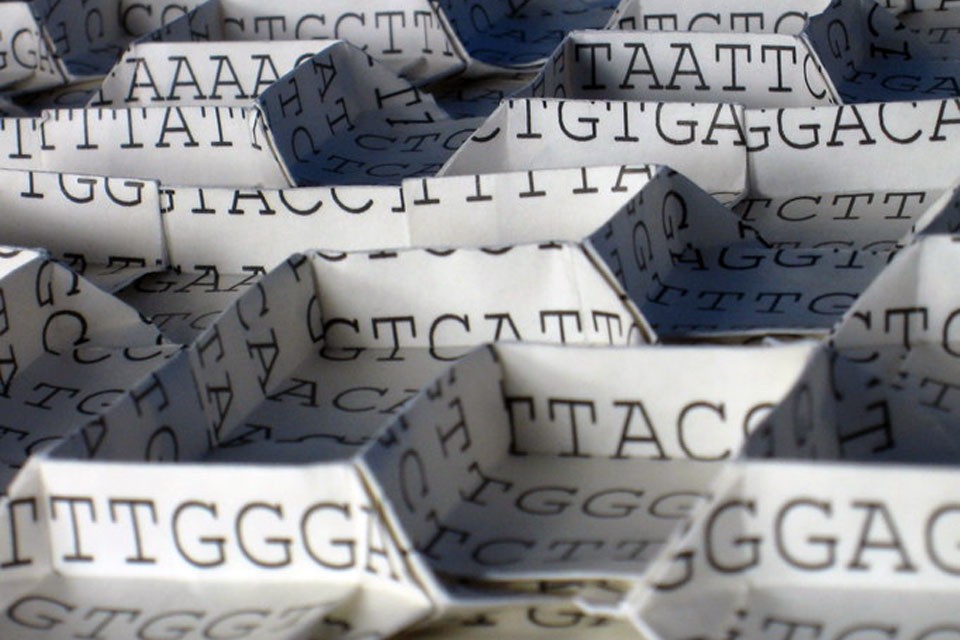"Despite their intensity, these shocks are not blunt instruments. Kenneth Catania from Vanderbilt University has shown that the eel's high-voltage discharges are immensely subtle weapons with at least three distinct functions. They force prey to twitch and so reveal their presence. They then paralyze the victims by causing all their muscles to contract. And they monitor the movements of these stiffened, floating mouthfuls. The electric eel is a battery, Taser, remote control, and tracking device, all in one." (Image: Ravas51)
“Not too many people have been bitten during the course of this project,” says Adam Boyko at Cornell University, “but it's not zero.” Boyko's team have spent the last seven years traveling the world and collecting blood samples from village dogs—free-ranging dogs that live near human settlements. “I did my Ph.D. work with tropical butterflies; by comparison, working with dogs is fantastic,” he adds. “You don’t need to hunt them down with a net. You show up, you have food, there are dogs.” (Image: Erik de Castro, Reuters)

Genomes are so regularly represented as strings of letters—As, Gs, Cs, and Ts—that it’s easy to forget that they aren’t just abstract collections of data. They exist in three dimensions. They are made of molecules. They are physical objects that take up space—a lot of space. Consider that the human genome is longer than the average human. It consists of around two meters of DNA, which must somehow fit into cells, whose nuclei are about 200,000 times narrower. So it folds. (Image: Jason Ku and Erik Dermaine)
"Rather than the usual approach, in which researchers helicopter in, do their thing, and tell their participants what they found under the rubric of “engagement,” community-based participatory research (CBPR) requires communities to actively and equally participate in all phases of the research, from planning to publication. They become genuine scientific partners, not guinea pigs." (Reuters)

"When Cassondra Williams from University of California, Irvine, first started looking into penguin feathers, she was shocked to see how many unsubstantiated statements there were, and not just on websites. Various scientific papers claimed that penguins had anywhere from 11 to 46 feathers per square centimetre, and none of them—none—described any methods or cited any sources behind these estimates. They might as well have come up with random numbers." (Image: Christopher Michel)
More good reads
More good links will be released in tomorrow's linkfest on Not Exactly Rocket Science.
You can also follow me on Twitter, find regular writing on my blog. If someone has forwarded this email to you, you can sign up yourself.
And that's it! Thanks for reading.
-Ed